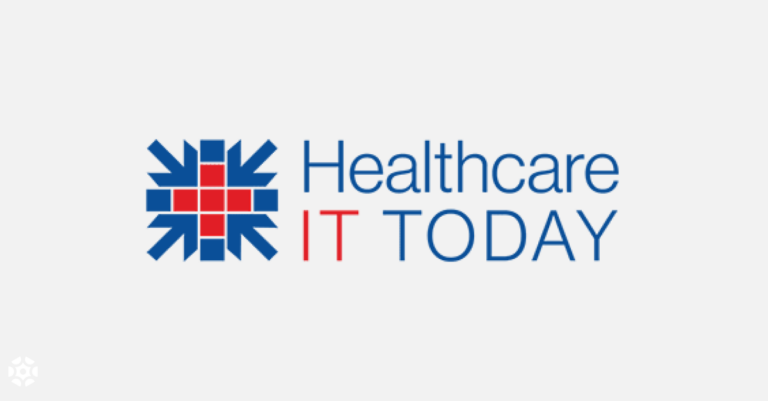Billions of dollars in funds from opioid settlements are now available for healthcare organizations to continue increasing access to substance use disorder treatment, but what is the best way to make an impact? In case you missed it, Bamboo Health recently hosted a webinar, “Maximizing the Potential of Opioid Settlement Funds,” where law, policy and behavioral health experts discussed how states, local governments and care teams can use this historic opportunity to build lasting change.
The conversation, moderated by Bamboo Health, featured*:
- Alexandra Blasi, Executive Secretary of the Kansas Board of Pharmacy
- Chris Carlson, Partner at Troutman Pepper Locke and former West Virginia Assistant Attorney General
- Blake Christopher, Associate at Troutman Pepper Locke and co-author of Kentucky’s opioid settlement allocation law
Here’s a recap of key insights in their discussion:
Q: What makes opioid settlement funds different now?
Chris Carlson: These funds represent a once-in-a-generation opportunity and a serious responsibility. “This isn’t about quick fixes,” he explained. “It’s about responsible, long-term investment in recovery, prevention and accountability.”
Carlson drew a parallel to the 1998 tobacco master settlement, warning against repeating history. “That was a $206 billion agreement; much of that money didn’t go toward public health. With opioid funds, states have a chance to get it right.”
He emphasized the need for thoughtful, transparent spending as over $57 billion in settlements is distributed nationwide. To learn more about timelines and requirements for each particular state, see here.
Q: How should organizations approach the process of securing these funds?
Blake Christopher: “Winning these dollars isn’t just about submitting the best application,” Christopher said. “It’s about relationships: getting in front of decision-makers, showing what you do and proving your impact.”
Christopher shared lessons from his work in Kentucky, where local leaders turned a small allocation into a significant win. “They invited state legislators to see their facilities firsthand. Those face-to-face connections led to the legislature adding a line item in the state budget to expand their work statewide,” he explained.
His advice:
- Meet partners and stakeholders where they are, in person, whenever possible.
- Build trust by aligning your goals with theirs.
- Follow every regulation carefully so technicalities don’t derail your request.
- And, if you’re out of state, partner with local organizations to strengthen your proposal.
Q: Once you’ve secured funds, what should you focus on during implementation?
Alexandra Blasi: “Sustainability and planning ahead are key,” said Blasi, who oversaw Kansas’s successful effort to fund its Prescription Drug Monitoring Program (PDMP) through opioid settlement dollars.
She recommended that agencies:
- Identify who controls settlement funds within their state.
- Start conversations early, before dollars are distributed.
- Be strategic and specific about your ask.
- Build a coalition of champions across legislative, executive, and community groups.
Blasi’s team worked with the Kansas Attorney General’s Office and state legislators to ensure that PDMP funding was written directly into state law — creating a stable, recurring allocation rather than a temporary grant. “That level of sustainability makes all the difference,” she said.
Q: What about accountability? How can states and organizations ensure funds are used as intended?
Chris Carlson: “Accountability starts with understanding the definition of ‘abatement.’ At least 85% of these dollars must go toward opioid remediation efforts like prevention, treatment and recovery programs. If not, companies can audit and even claw back funds.”
Carlson encouraged applicants to ensure every proposal clearly ties to approved uses. “Creative strategies aren’t dismissed — as long as they’re thoughtful and clearly connected to abatement.”
Blasi added that Kansas maintains transparency through regular reporting and collaboration across agencies. “We track metrics like PDMP utilization and prescriber engagement, and we share outcomes in an annual report to the legislature,” she said. “You don’t need to overcomplicate it — just document your results and show positive impact.”
Q: How can state and local leaders braid settlement funds with other funding streams?
Blake Christopher: “There’s no blanket prohibition against combining settlement dollars with Medicaid, federal grants, or public-health funds. But approach it carefully.”
Christopher advised organizations to talk with fund administrators early to understand how bundling may be perceived. “Some reviewers see it as efficient collaboration; others may see it as double-dipping. Relationships matter, and communication clears that up.”
He also shared examples of regional cooperation: “In northern Kentucky, counties have teamed up to pool settlement dollars for shared prevention and treatment programs. That kind of collaboration can stretch limited funding much further.”
Q: Any final advice for organizations looking to make a real impact?
Alexandra Blasi: “Don’t underestimate storytelling. Data is essential, but personal stories of impact move decision-makers.”
Chris Carlson: “Be proactive, but be patient. These funds are being distributed over 15 to 20 years. What you do today builds credibility for future allocations.”
Blake Christopher: “If your first application doesn’t get funded, don’t give up. Every year brings new opportunities, new commissions, and new leaders. Keep showing up. Persistence pays off.”
Are You Ready to Align Strategy With Impact?
Watch the full webinar for greater insight on compliance, transparency and long-term strategy: [Webinar] The Impact of Opioid Settlement Funds
*Note: The opinions shared are those of the individual speakers and not official statements of Bamboo Health or any participating agency or company, including the speakers’ employers.



